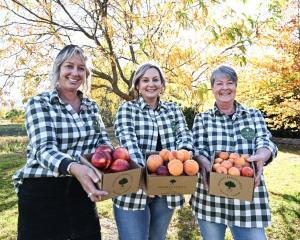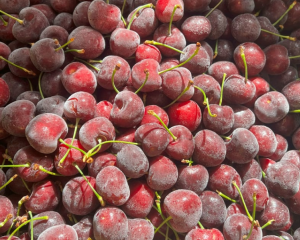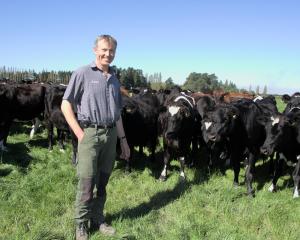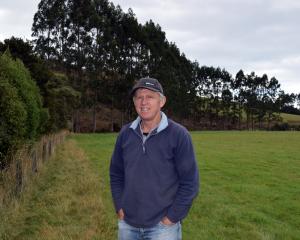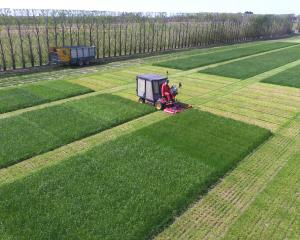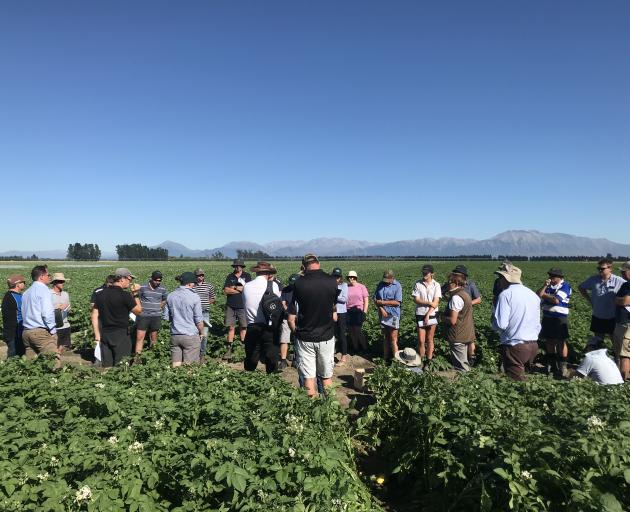
Award winning agronomist John Sarup, of the UK, has been touring farms across Canterbury in recent weeks, as part of the Potatoes New Zealand grower talks.
The tour, which visited farms at Somerton, Lauriston and Seadown, allowed potato growers the chance to learn some tricks of the trade from Mr Sarup, who was brought back to New Zealand due to popular demand.
He had previously talked at the Potatoes New Zealand conference in July last year, and members had given ''outstanding feedback'', Potatoes New Zealand engagement and communications manager Steve Sheppard said.
''[They] said they wanted to hear more [from him] so we got him back out here.''
And, once again, the feedback from his latest talks had been very positive, Mr Sheppard said.
''The information they gained was very practical.''
One participant said speakers would often talk at you, Mr Sheppard said.
''But all talks were held in a potato field, so he was able to dig up potatoes [and refer to them].
''People were sharing their thoughts and they were bouncing ideas off each other.''
The talks included details on the latest agronomic practices, tips and recommendations.
Mr Sarup said he typically recommends three-quarter of a crop's potash requirement is applied at ploughing, usually as muriate of potash (KCl), then all the phosphate, two-thirds of nitrogen, and the balance of the muriate of potash goes on at planting.
Most growers use solid but his preference was liquid so nutrients were already in solution.
''Another tip was to avoid reaching for a rotary tiller in an attempt to force a seedbed - they might produce a fine tilth, but soil structure is destroyed and subsequent rain or irrigation causes slumping, leaving roots with no air and soggy conditions favouring disease,'' Mr Sheppard said.
Mr Sarup said it appeared the role of cover crops before planting potatoes was still evolving in the United Kingdom.
''Ten years ago, all the seedhouses were pushing them, probably because they saw them as another way to make money, but we didn't know what we were doing with them,'' he said, while addressing one of the field days.
-By Alexia Johnston
''Were they for green manure, soil structure repair, or pest and disease prevention?''
He said seed quality and soil condition were the keys to successful potato crops.
''All other aspects of agronomy are just tinkering round the edges by comparison.''
Mr Sarup is an Above and Beyond Award winner, awarded by AHDB Potatoes, which recognises people in the industry who go ''above and beyond'' to make a positive impact on the potato supply chain.


